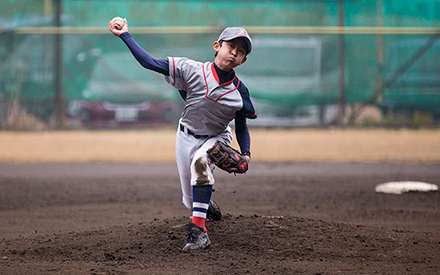
Down Syndrome is a genetic condition that changes development of the brain and body. DS can result in physical and cognitive differences. The differences are usually mild to moderate and continue throughout a person’s life span. People with DS go to school, take part in family and community activities, and hold jobs. Children and adults with DS can improve their ability to do everyday tasks with the help of a team that includes a physical therapist.
Benefits of Physical Therapy
Physical therapists work with people with DS, their families, teachers, and others to improve movement, age-appropriate skills, and fitness, including:
- Learning to sit, crawl, stand, walk, run, and jump.
- Suggesting equipment to help with motor skills.
- Practicing throwing, dribbling, and kicking a ball or riding a bike.
- Developing an exercise program for you or your child’s specific needs and goals.
- Improving muscle strength, balance, heart health, and physical fitness.
Physical therapists also work with family members to support their child’s development. They provide education for family and caregivers and provide hands-on training for:
- Positioning.
- Age-appropriate skills.
- Physical activity.
- Feeding.
- Play.
Promoting Physical and Social Activities
All people with DS benefit from regular physical activity and social activities. These activities help people with DS develop movement, cognitive, and language skills. Physical therapists work with you to find activities that interest your child or that they may want to try. This can increase your child’s activity level and help them participate with siblings and peers. Physical therapists also can teach you ways to support movement at home, school, or in the community.
Many community groups offer fitness and sports activities for people with DS. Your child’s interests, priorities, and abilities may change over time. A physical therapist can partner with you to find ways for your child to participate in physical and community activities throughout their life.
Team Effort
Physical therapists partner with a child’s team to figure out the best plan and decide on goals. Parents and children are the most important part of this team. Other team members may include:
- Family and friends.
- Teachers and school support staff.
- Occupational therapists.
- Speech-language pathologists.
- Health care providers (e.g., doctors, nurses).
- Community groups.
- Sports coaches.
Finding a physical therapist
Physical therapists work with people with DS in several settings:
- Homes.
- Schools.
- Community centers.
- The outdoors (e.g., parks).
- Physical therapy outpatient clinics.
- Hospitals.
Physical therapists are movement experts. They improve quality of life through hands-on care, patient education, and prescribed movement. You can contact a physical therapist directly for an evaluation. To find a physical therapist in your area, visit Find a PT.
Additional Resources
- Physical Therapy Guide to Down Syndrome
- 4 Ways PTs Help People With Down Syndrome Stay Active and Healthy
- Physical Therapy Health Center for Children
- Podcast: Down Syndrome and the Role of Physical Therapy
- Physical Activity Guidelines for All Americans
- National Down Syndrome Congress
- National Down Syndrome Society
- World Down Syndrome Day


